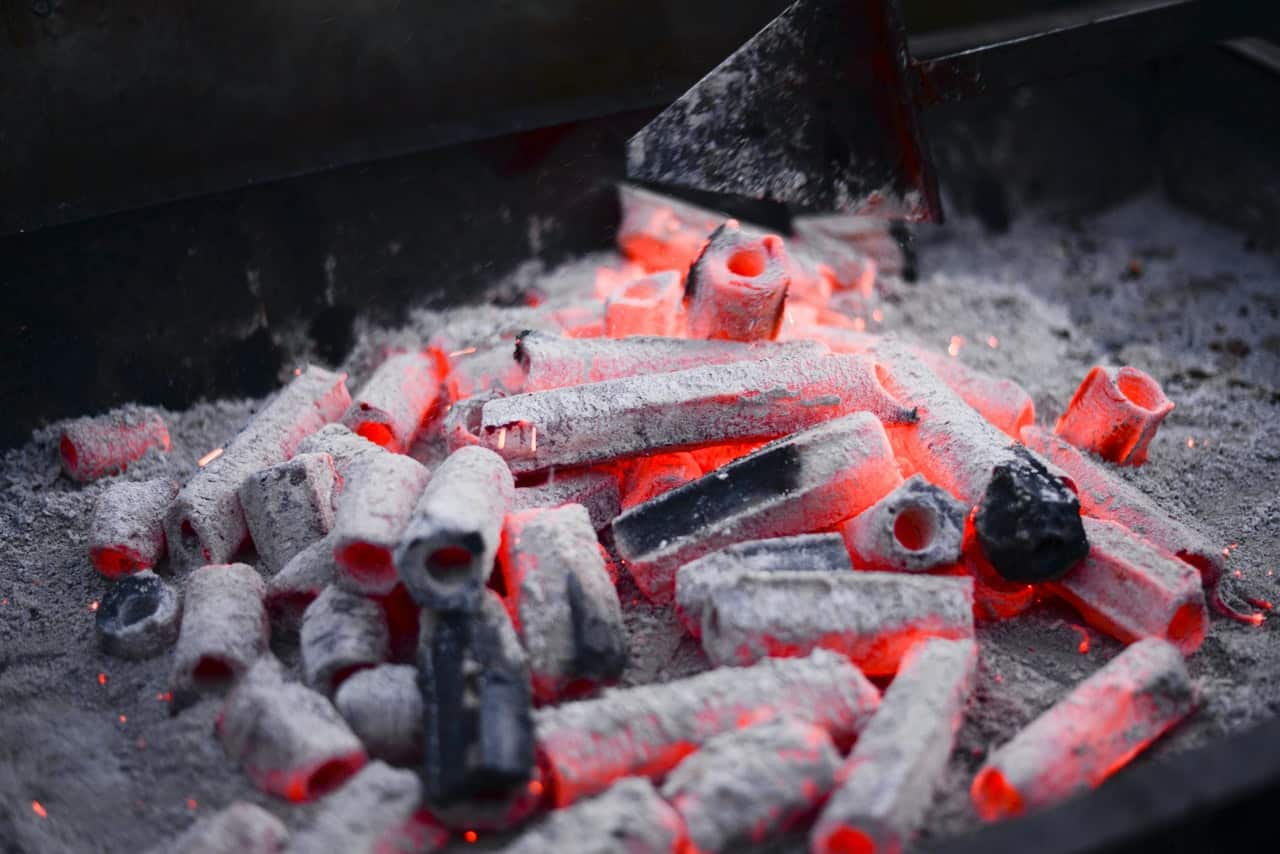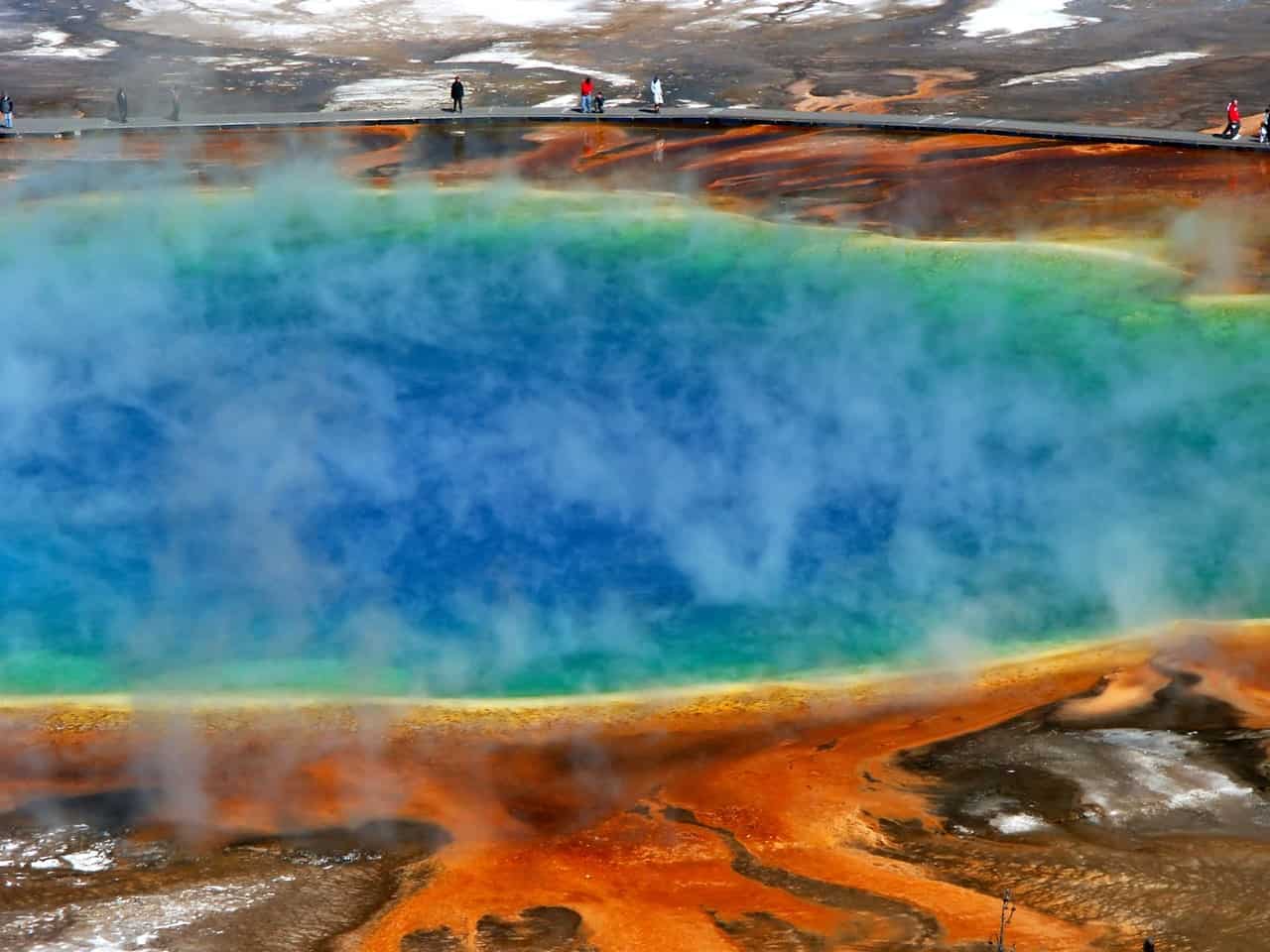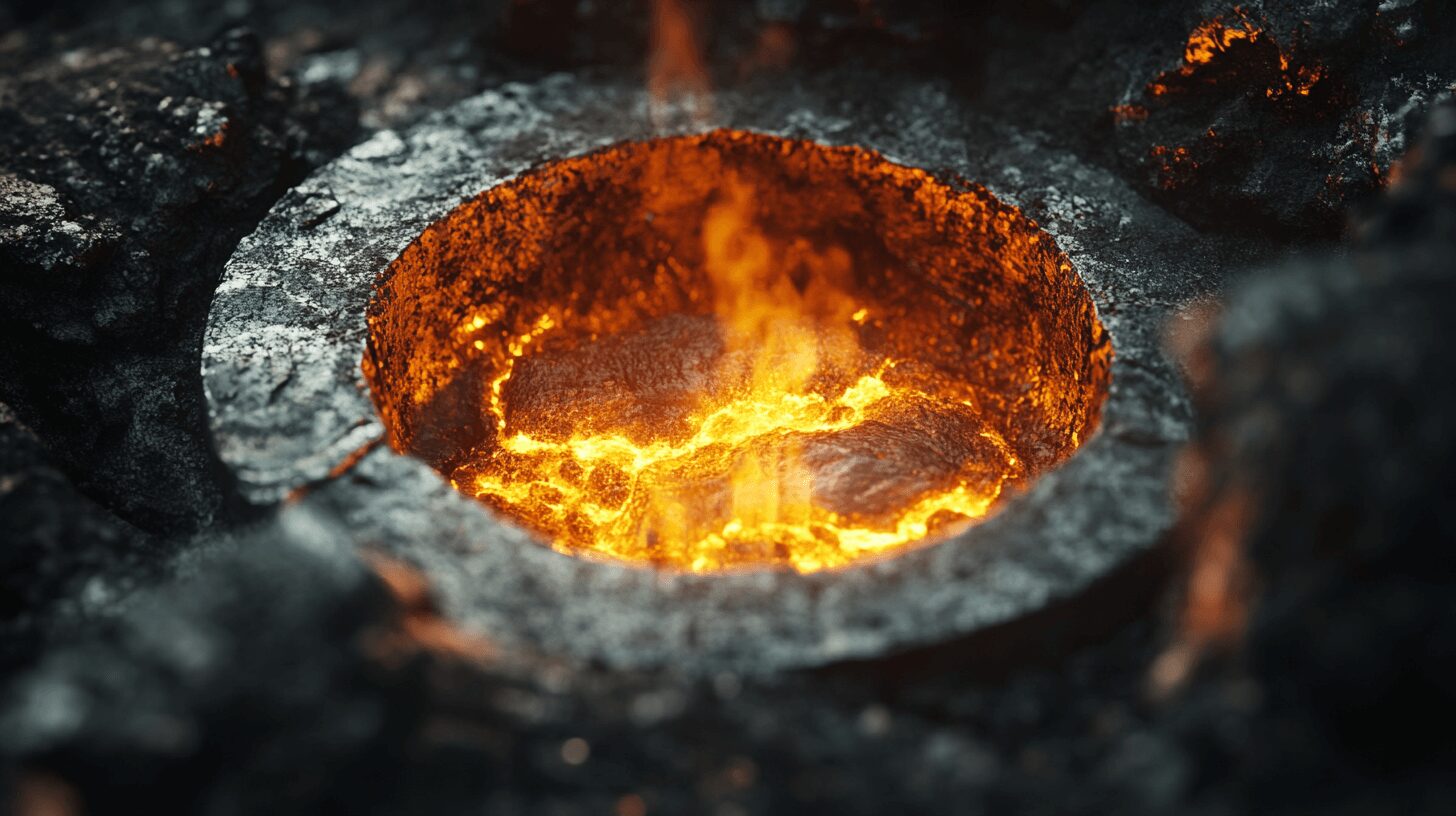
Everyday Uses of Nonmetals
November 29, 2024 - Emily Newton
Revolutionized is reader-supported. When you buy through links on our site, we may earn an affiliate commission. Learn more here.
We use elements every single day, even if we don’t realize it. Every time you pick up a fork to eat your breakfast, use toothpaste to brush your teeth and even take a breath, you are using one or more of the 118 elements we’ve currently discovered and classified. Today, we’re going to take a closer look at nonmetals. What are the properties of nonmetals, and where can you find them in your daily life?
Properties of Nonmetals
Nonmetal is a broad term for a group of elements that don’t really fit anywhere else on the periodic table. They consist of the following:
| Atomic No. 6-8 | Atomic No. 15, 16 & 34 |
|---|---|
| Carbon | Phosphorus |
| Nitrogen | Sulfur |
| Oxygen | Selenium |
Two artificial elements, tennessine and oganesson, may also be considered nonmetals, but more research into the properies of nonmetals is required to determine whether this is true.
The properties of nonmetals vary due to the dramatic differences in these elements. However, they primarily appear as gasses. If they are solid, they are primarily brittle with a submetallic appearance.
Hydrogen is the most abundant element on the planet, followed by oxygen, carbon and nitrogen.
What are the properties of all of these nonmetals, anyway?
Chemical and Physical Traits
Nonmetals tend to have high ionization energies and high electron affinities — they are happy to borrow a few electrons from surrounding elements, and they bond well and frequently with others as well. The only exception to this is nitrogen, which has a negative electron affinity, so it doesn’t like bonding with anything other than itself.
These elements, the ones that are in solid form, have low melting and boiling points. They also don’t conduct heat or electricity very well, unlike metals, which for the most part are good conductors of both.
Real-Life Applications
With as many elements as there are on this list, chances are you’ve encountered more than a few of them during your daily activities. The properties of nonmetals lend themselves well to different applications. Let’s break down the real-life applications of each type of nonmetal and explore their uses.
Carbon
Carbon is one element that is so common that it’s impossible to tell when we first started using it. It’s found in coal deposits but is also the basis for the majority of life on our planet. It would take us a book to list all of the potential applications for this element, so we’ll stick to some of the most familiar.

Uses for Carbon
- Pencils: It might be called pencil lead, but the soft black material inside your pencil is actually graphite — one of the three main allotropes of carbon.
- Diamonds: Another common carbon allotrope is the diamond. Used in everything from jewelry to cutting tools, diamonds are just carbon, heated and compressed over millions of years. We can mimic these conditions in a lab setting, creating synthetic diamonds that are less expensive than the real thing.
- Fiber: Carbon fiber is a tough yet lightweight material used for so many diverse applications, from skis to airplane components.
- Research: A carbon isotope, Carbon-14, is critical for dating organic materials for archaeologists, historians and more.
- Carbon black: This is a pigment that is helpful for dying products you might interact with on an everyday basis, such as eyeliners and paint.
While this is not a use, many people may have heard most about carbon when talking about emissions. Greenhouse gases include methane, nitrous oxide, water vapor, and a few other gases. Carbon bonds easily with oxygen, creating carbon dioxide and monoxide. These gases are two of the major causes of global warming and climate change. There are ways to capture the carbon put into the atmosphere and reuse it for these other applications. However, it is cost-prohibitive and requires intense infrastructure some corporations are not willing to invest in.
Nitrogen
Take a deep breath. That isn’t just oxygen you’re breathing. The Earth’s atmosphere is 78% nitrogen, with the rest being oxygen and other trace elements. Despite breathing it since the beginning of time, researchers didn’t isolate and name nitrogen until 1772. In addition to making up the air we breathe, nitrogen has a variety of everyday applications. The gas is inert, pushing oxygen away from it in situations where oxidation is not desired.
Uses for Nitrogen
- Making ammonia: The chemical formula for ammonia is NH3— one nitrogen atom and three hydrogens. Ammonia is commonly used to clean and disinfect, as well as for explosives.
- Fertilizer: Ammonia is also found in fertilizer, but nitrogen in fertilizer encourages plant growth and healthy soil compositions.
- Welding: While argon is usually the primary choice for welders, nitrogen is also largely inert. In the absence of other inert gasses, nitrogen can help protect welds from oxidation while they solidify.
However, one of the best uses for nitrogen is in the food and beverage industry. Here are just a few examples of how it’s employed. Most people know carbon to pressurized beer kegs, but nitrogen performs similar functions. This has caused a wave of nitro beer taps to spread across the world.
It is also just ideal for preserving foods. It keeps out bacteria and stops oxidation, keeping everything fresh from baked goods to lunch meats.
Additionally, liquid nitrogen only happens at extremely cold temperatures. This intense freezing is helpful for preserving delicate organic samples. When it comes to cryogenic liquids, nitrogen is one of the cheapest and easiest to obtain. It is incredibly cold, around -320 degrees Fahrenheit, and has found uses in everything from lab settings to molecular gastronomy. Mixing an ice cream base with liquid nitrogen results in the smoothest and tastiest ice cream you’ve ever eaten.
Phosphorous
The discovery of phosphorus is one that you probably won’t want to replicate. A German alchemist named Hennig Brand found the element by boiling buckets of urine. Thankfully, we can skip that step today and get any phosphorous we need from phosphate rock. One fun fact about phosphorus is that it comes in three different allotropes, represented by three different colors — white, black and red. White phosphorus is dangerous — exposing it to air or sunlight can cause it to spontaneously ignite — but you’ve likely encountered the other two.

Uses for Phosphorus
- Strike-on-the-box matches: While it isn’t as volatile as the white allotrope, it doesn’t take much to get red phosphorus to ignite. It’s commonly used in the strike-on-the-box matches that you probably have lying around your house. It also gives the matches their iconic red heads.
- Fertilizer: Many properties of nonmetals are great for plants. Phosphorus is one of the essential nutrients for growing fruits and vegetables, and much of the mineral gets worked into fertilizers for home and commercial use.
- Fireworks: Red phosphorus burns so well that it’s often used in fireworks as a component in the fuel. White phosphorous, which ignites in the air, might also find its way into some 4th of July rockets.
However, using phosphorus in nature is a potentially tricky balancing act. If people introduce too much phosphorus into the soil or waterways, negative side effects occur. For stagnant lakes and even streams, algal blooms can form. These breeding grounds cause water pollution. When there is too much phosphorus in the soil, plants don’t grow correctly. The plants’ abilities to absorb other important nutrients, like zinc, will not be as effective.
Oxygen
Oxygen might be the first thing you think of when you take a deep breath but only makes up around 21% of our planet’s atmosphere. It’s primary use is a biological one, allowing most creatures on the planet to exist.
Its name comes from a combination of two Greek words — oxys and genes. Combined, the name means “acid-forming.” This name is appropriate because it bonds easily with many other elements and causes them to oxidize — otherwise known as rust.
Uses for Oxygen
- Water: Combine one oxygen molecule with two hydrogens, and you’ve got water, another essential part of life on this planet.
- Welding and cutting: When paired with acetylene gas, oxygen can be a fuel source for powerful cutting and welding torches.
- Rocket fuel: Supercooled liquid oxygen is common rocket fuel. It, along with rocket-grade kerosene, powers the Falcon 9 rockets each time they launch from the Kennedy Space Center.
- Steel: Whereas nitrogen implementation attempts to prevent oxidation, industries like steelmaking need it for resolving impurities.
Because oxygen is so closely tied to life, modern health trends are trying to find ways to commercialize oxygen as a wellness product. A modern use is oxygen bars. This is a trend that began in Japan and Canada, but it has expanded into more places. You book an appointment, and you get a concentrated dose of oxygen, usually at a 40% rate, through a special mask. The sessions are often branded as a type of therapy, which can help with energy levels, concentration and even hangovers.
The validity of this fad is still being studied, so do your own research before considering if you need more oxygen than what the Earth already provides.
Sulfur
Sulfur is another common element that we’ve been using since ancient times, though it took us until 1777 to finally classify it. It’s a pale yellow element that is usually brittle. Unlike some of its compounds, sulfur on its own is essentially odorless. We’ve found plenty of uses for this little yellow nonmetal, however.

Uses for Sulfur
- Natural gas: Natural gas is odorless, so if it starts leaking, you’d never know. That’s why processing plants add hydrogen sulfide to the gas. It’s what creates that iconic rotten egg smell that you usually expect when you think of sulfur.
- Pest control: Sulfur acts as a natural insecticide. Homer, a Greek poet, was writing about “pest-averting sulphur” more than 2,800 years ago.
- Sulfuric acid: Most of the sulfur we mine every year goes into the production of sulfuric acid. From there, it becomes everything from fertilizer to lead-acid batteries and any number of other applications.
Selenium
A Swedish chemist discovered selenium in 1817 while trying to figure out what contaminated a batch of sulfuric acid. It appears naturally in a variety of minerals, but the concentration is so low that mining them is essentially pointless. Instead, most of the selenium we use today comes as a byproduct of mining and processing copper.
Uses for Selenium
- Thyroid health: Selenium is an essential part of our diet. We find it in things like whole grains, seafood and sunflower seeds, and it is necessary to help maintain your thyroid and immune systems.
- Solar cells: Selenium is unique in that its conductivity varies depending on the amount of light it receives. In solar cells, it turns sunlight directly into electricity.
- Semiconductors: You can also find selenium in solid-state electronics systems because of its status as a semiconductor.
The Properties of Nonmetals Easy to Identify
When it comes to elements, nonmetals are the ones you’ll probably encounter most during your daily activities, simply because they are so abundant. They are also so versatile that they are a part of many products and techniques in industry. We recommend avoiding the toxic ones, though. Take another deep breath and enjoy the nonmetals that make life on this planet possible.
What properties of nonmetals can you find in your environment? Comment below to let us know!
This article originally published August 2, 2018. We updated it on November 29, 2024, to expand the section of Real Life Applications with more in-depth uses of nonmetals.
Revolutionized is reader-supported. When you buy through links on our site, we may earn an affiliate commission. Learn more here.
Author
Emily Newton
Emily Newton is a technology and industrial journalist and the Editor in Chief of Revolutionized. She manages the sites publishing schedule, SEO optimization and content strategy. Emily enjoys writing and researching articles about how technology is changing every industry. When she isn't working, Emily enjoys playing video games or curling up with a good book.







am totally satisfied !!